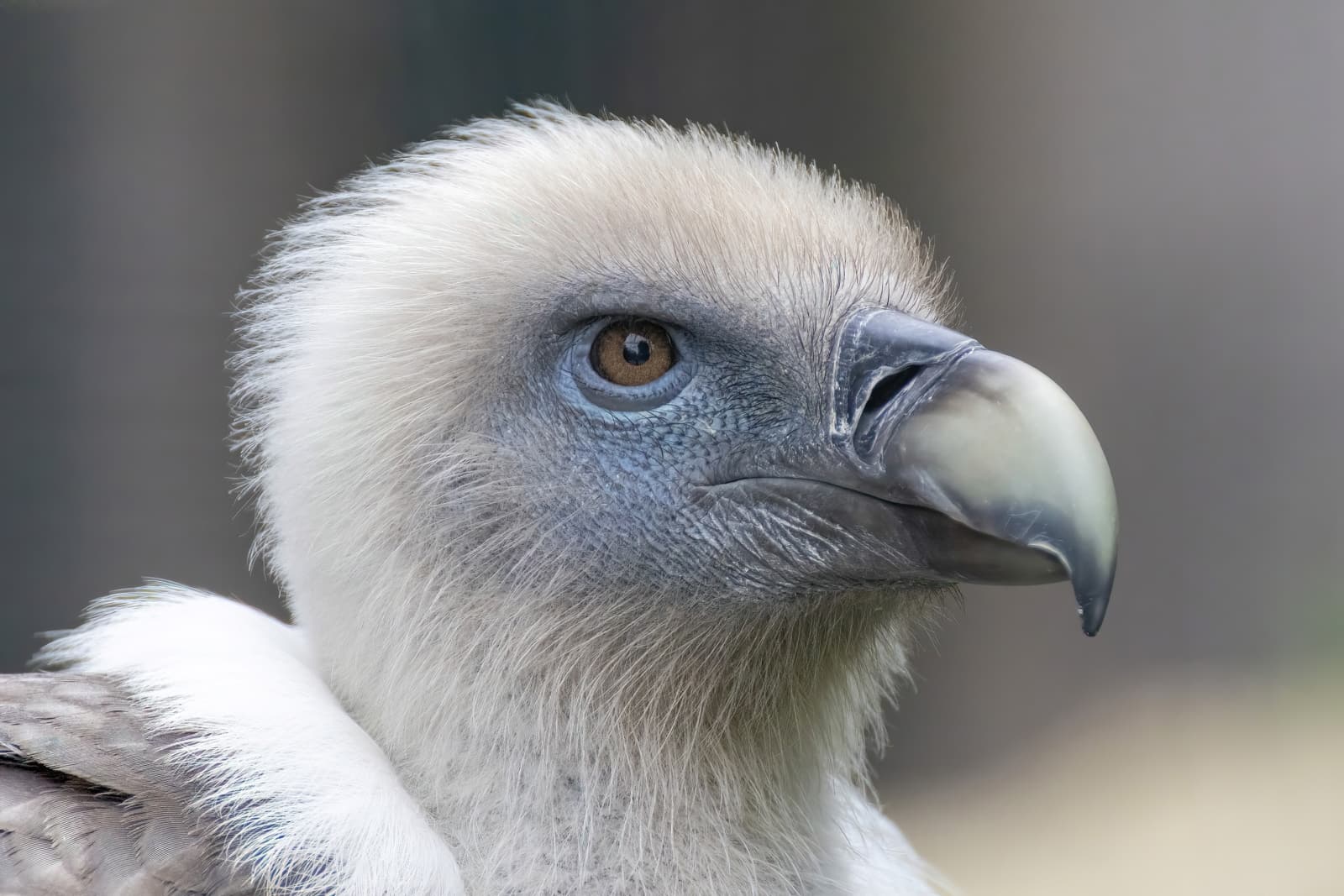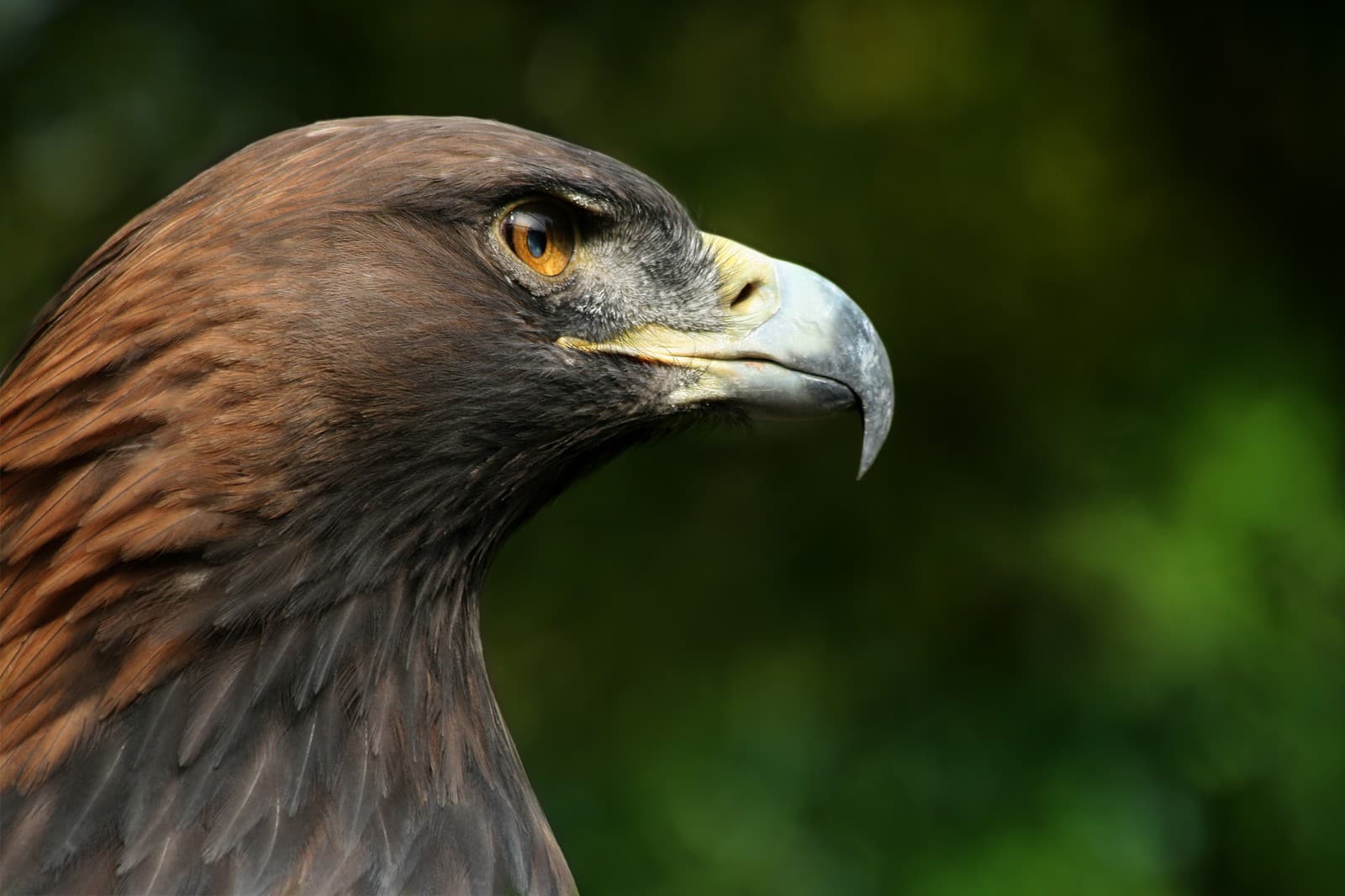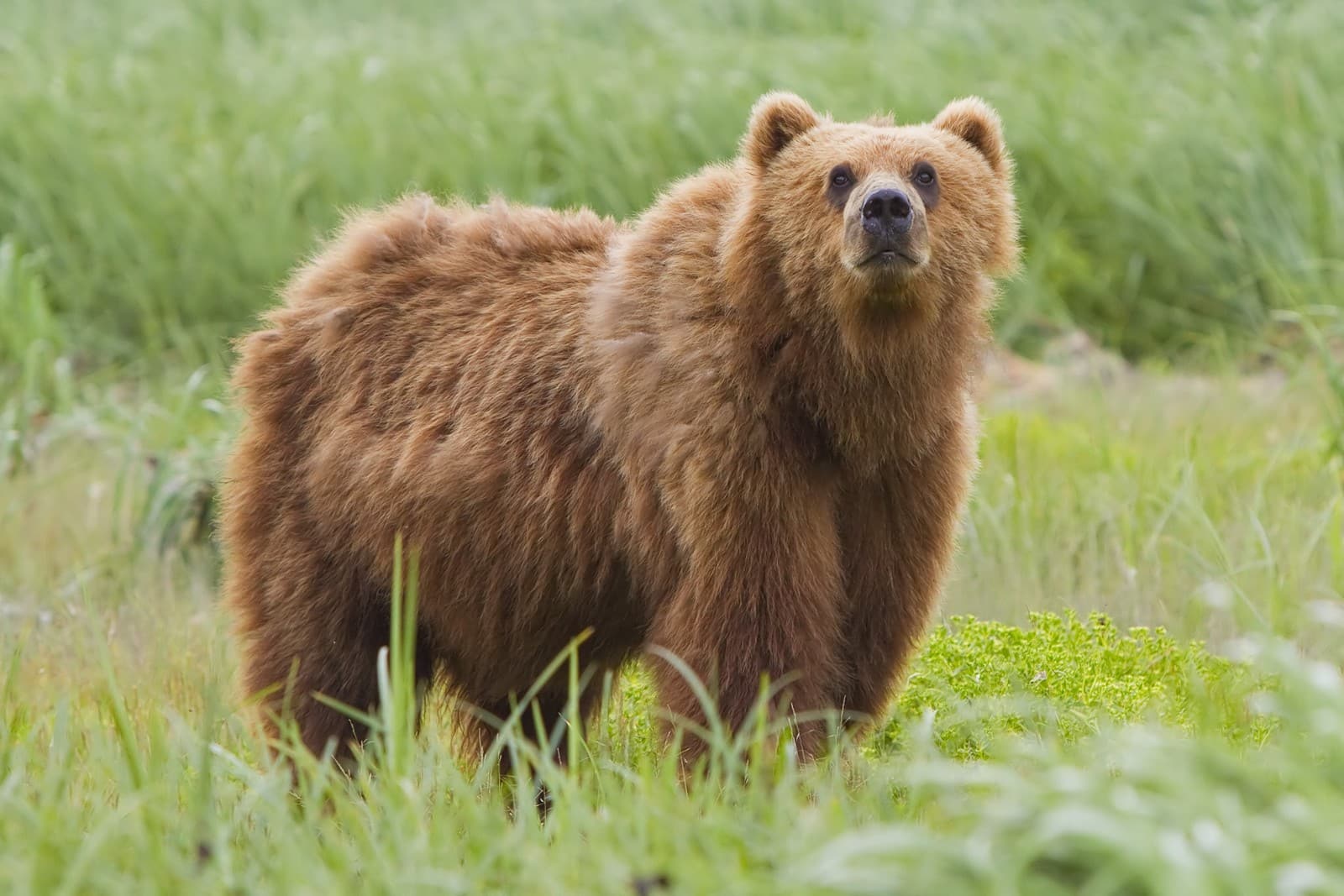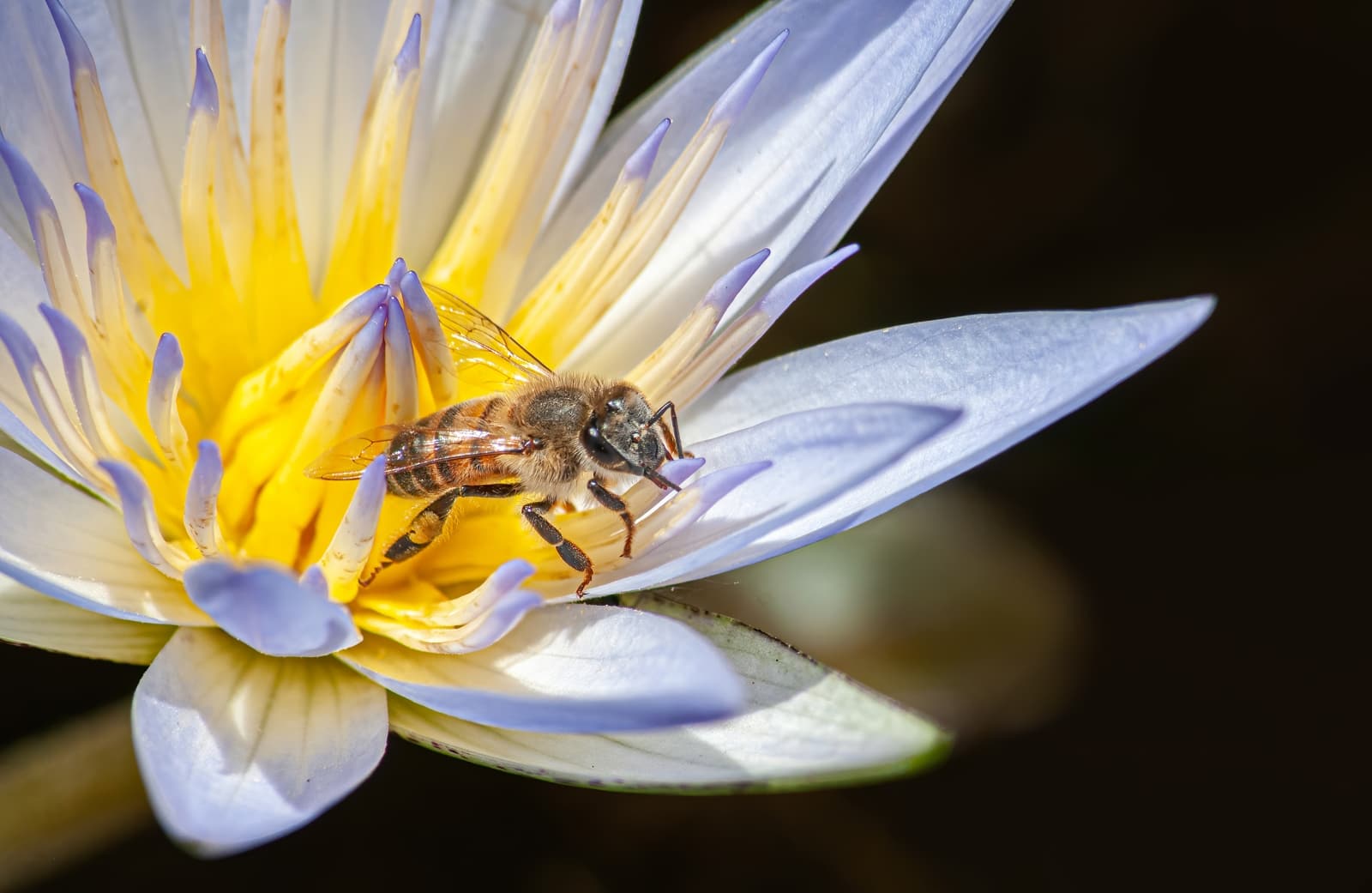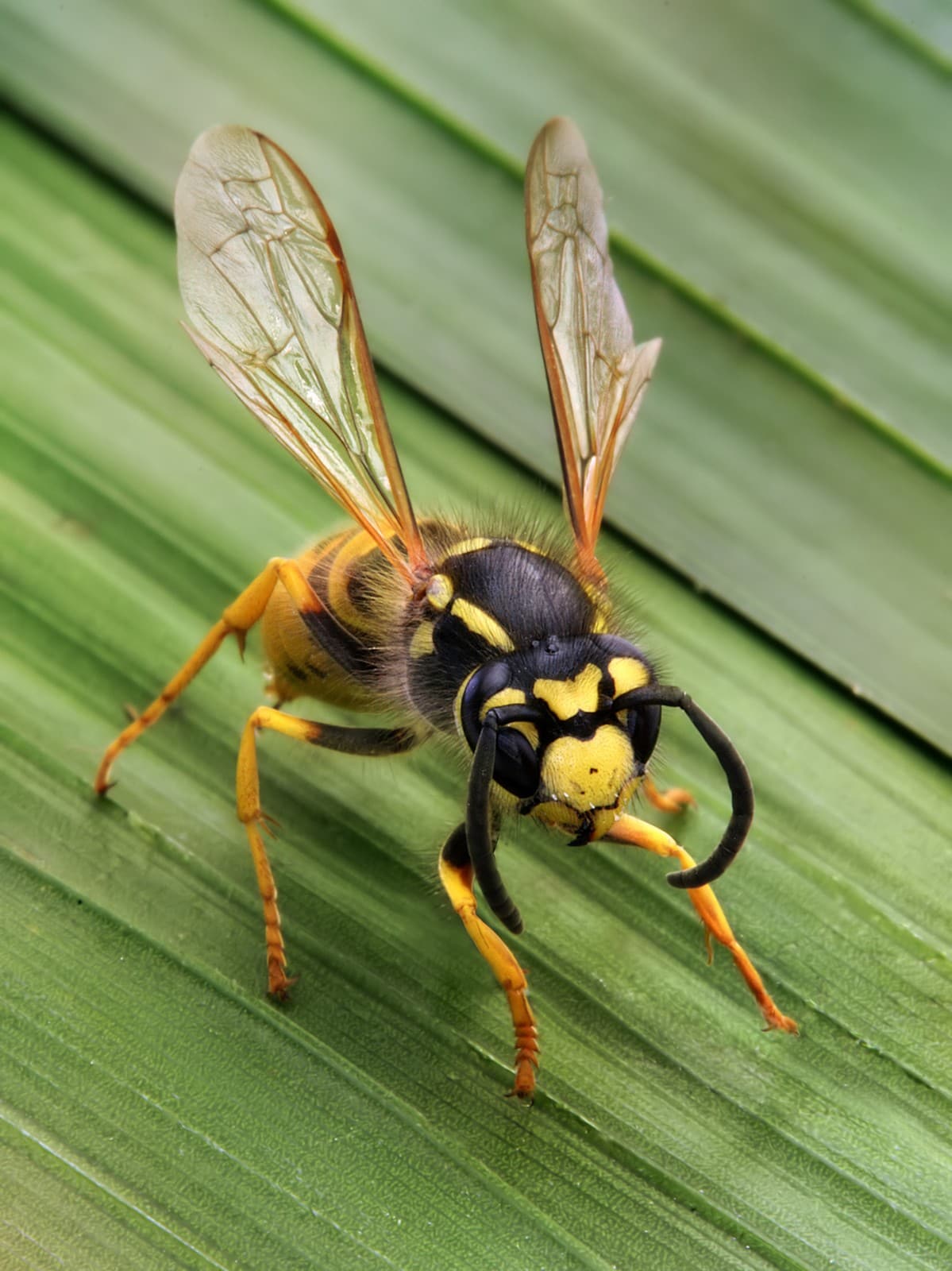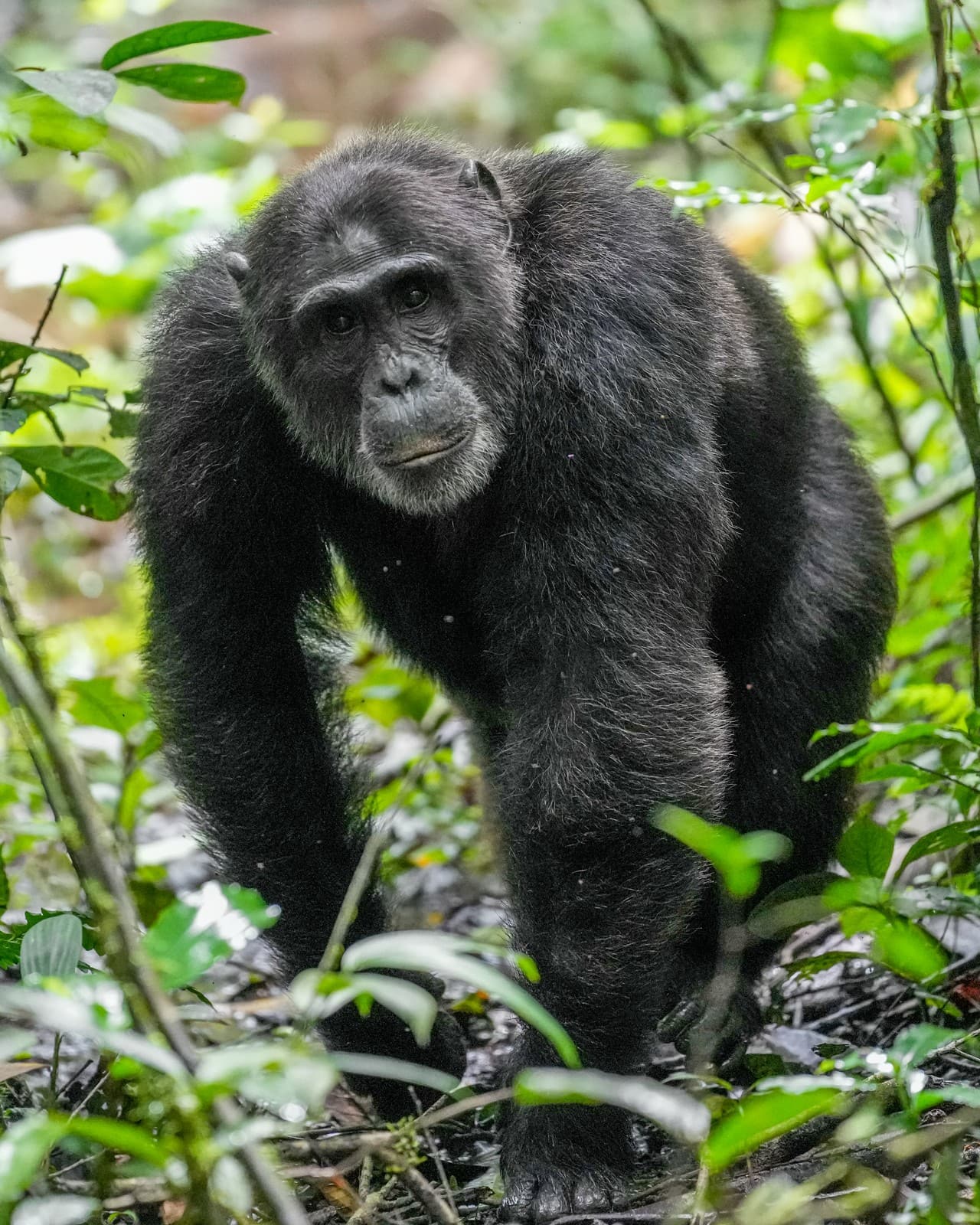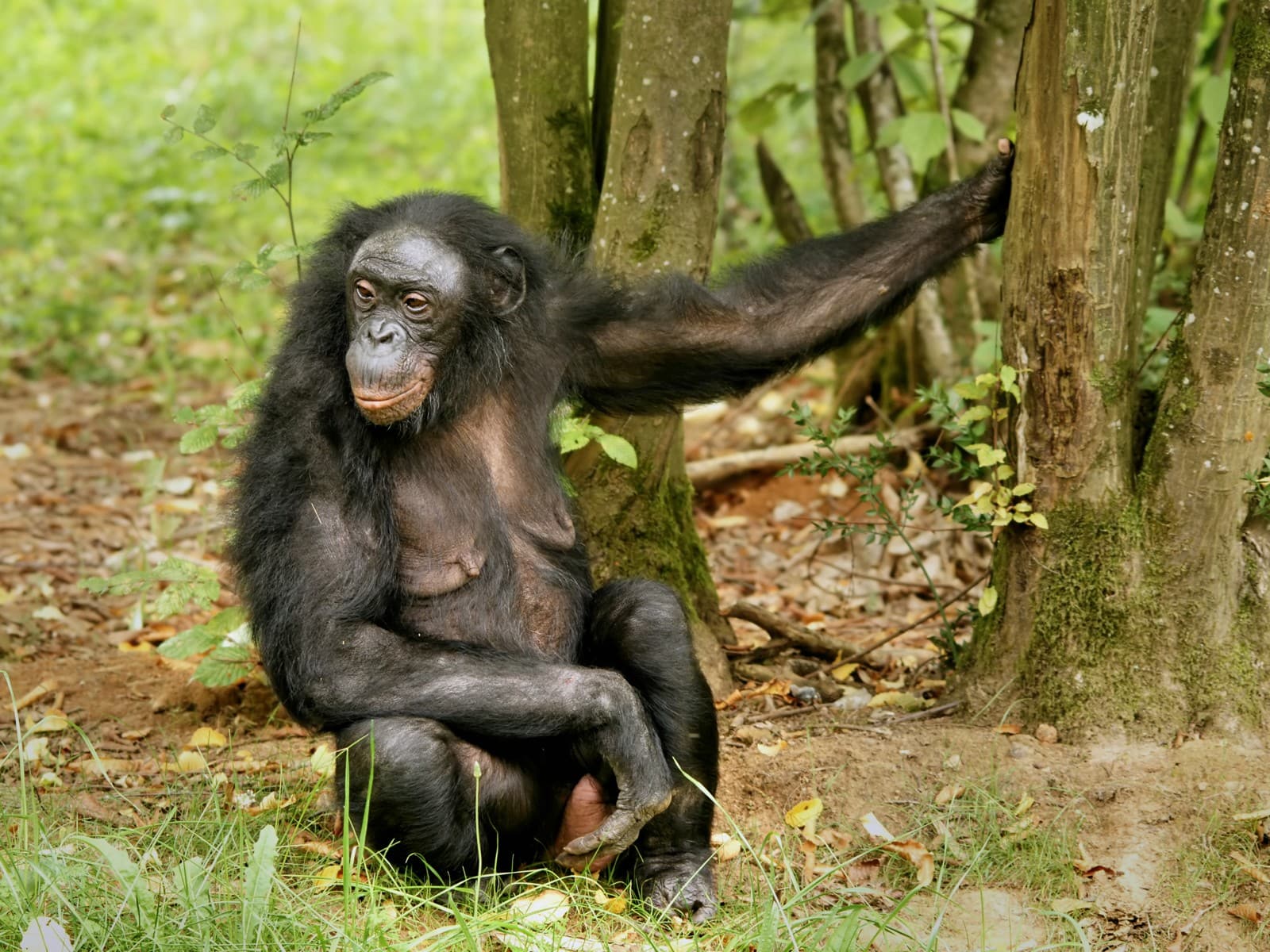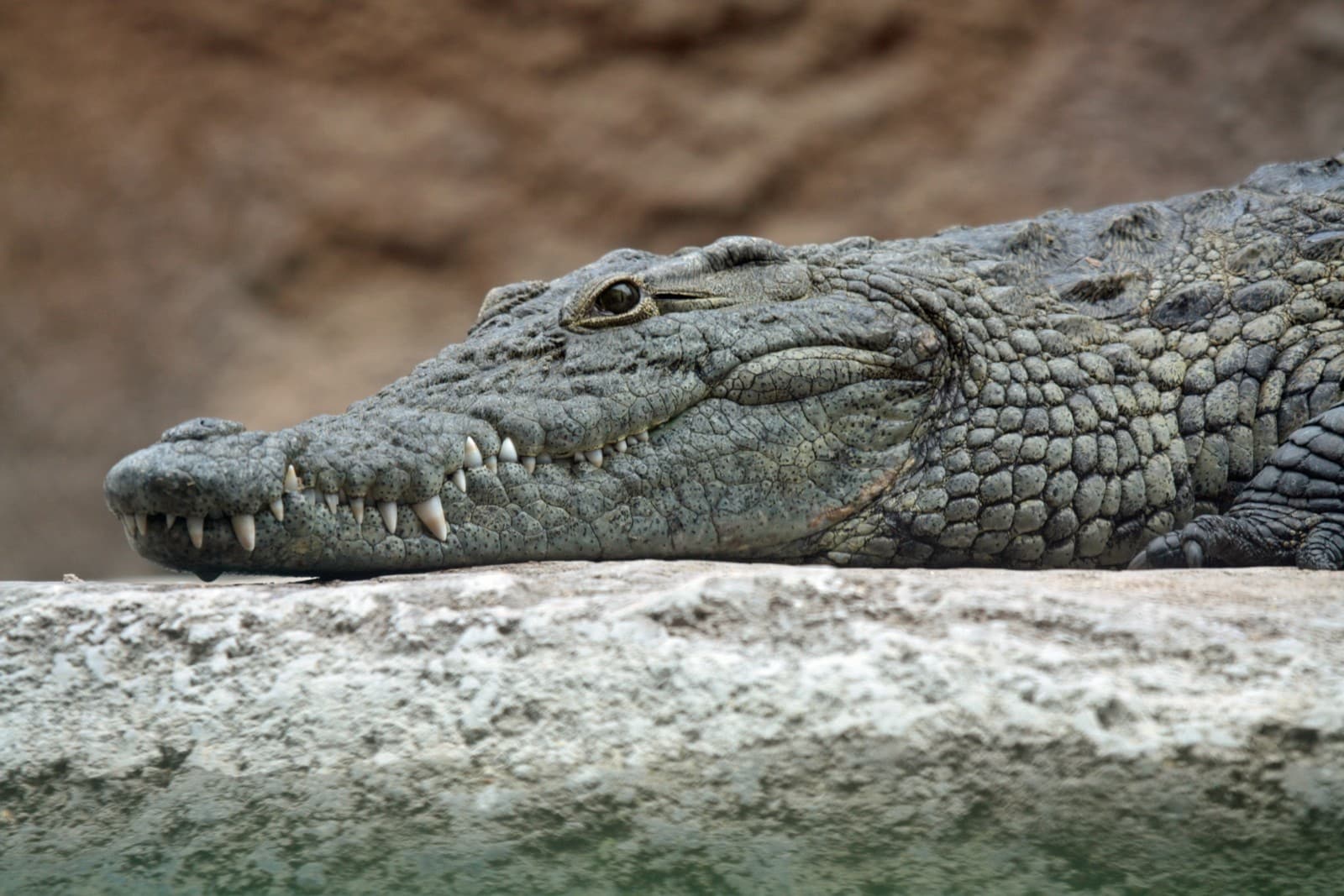Peafowl vs Guineafowl: A Complete Comparison
When comparing Peafowl vs Guineafowl, these distinctive birds showcase remarkable differences in size, appearance, and behavior. Peafowl, particularly the Indian Blue Peacock, can reach lengths of 7.5 feet (2.3 meters) including tail feathers, while Guineafowl are significantly smaller at 22-27 inches (56-69 cm) in length. Both species have adapted to different ecological niches, with unique characteristics that make them popular choices for both ornamental and practical purposes.
These ground-dwelling birds share some similarities as members of the Galliformes order, but their evolutionary paths have led to distinct traits. Peafowl are known for their spectacular courtship displays and ornate plumage, while Guineafowl have developed excellent foraging abilities and serve as efficient pest control in agricultural settings.
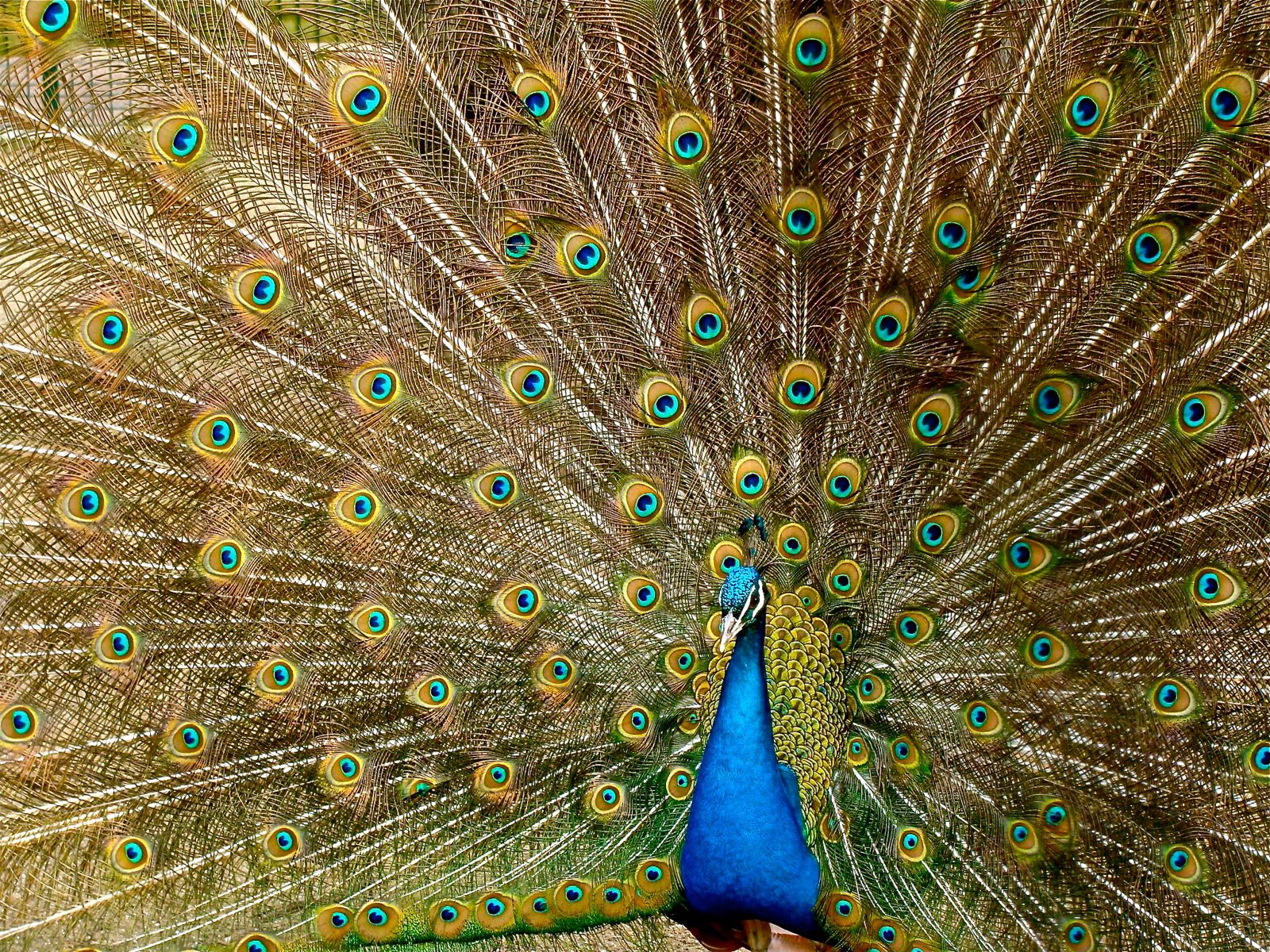
© Jebulon / CC BY-SA 3.0
The male Indian Peafowl’s spectacular train display represents one of nature’s most remarkable examples of sexual selection, featuring up to 200 elongated upper tail coverts with distinctive iridescent eyespots.
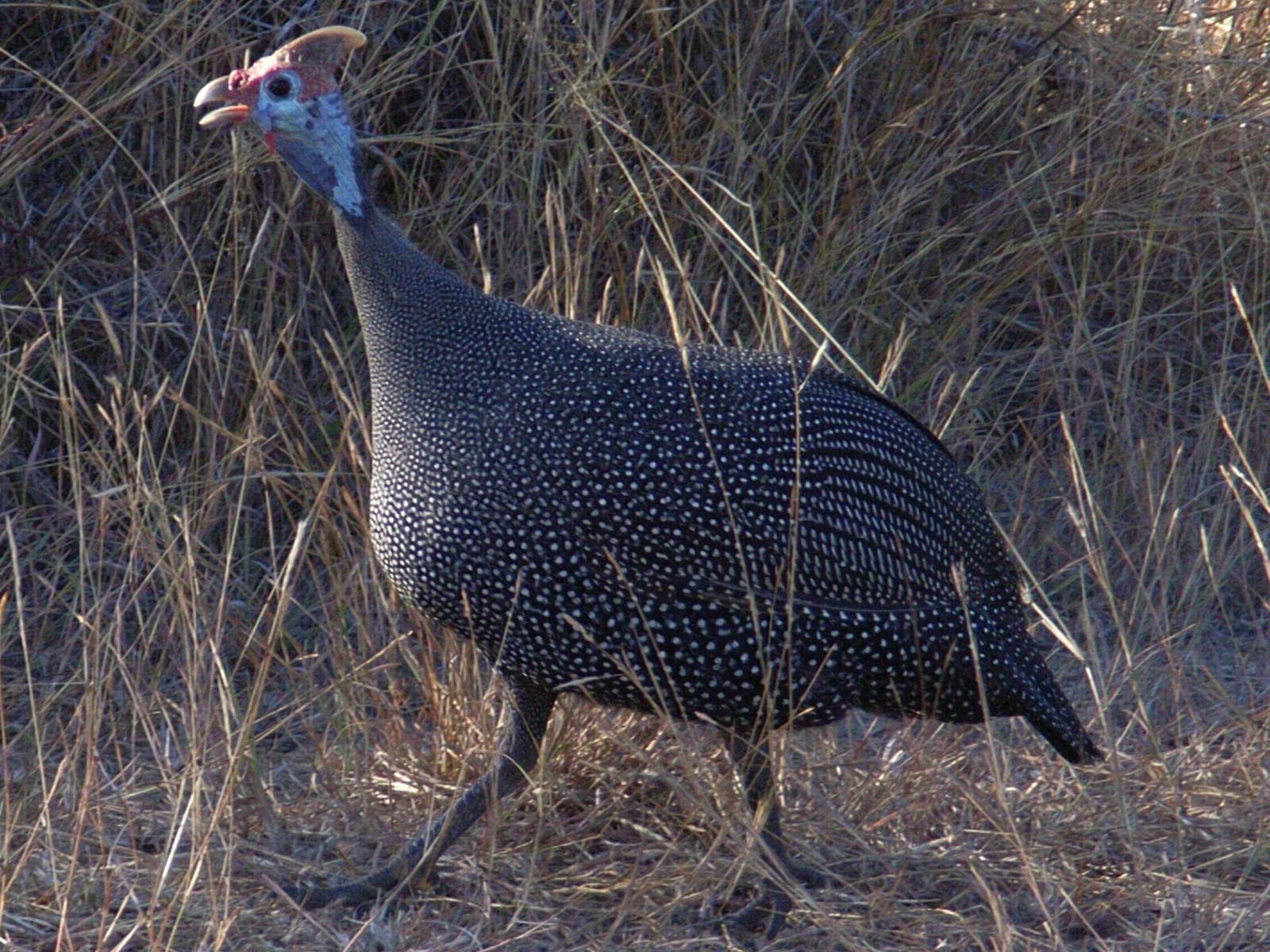
© eboy / CC BY-SA 3.0
The Helmeted Guineafowl exhibits its characteristic spotted plumage and distinctive blue head, demonstrating the practical camouflage and alert nature that helps these birds thrive in their native African habitats.
Key Differences Between Peafowl and Guineafowl
| Feature | Peafowl | Guineafowl |
|---|---|---|
| Size | 35-50 inches (89-127 cm) body length | 22-27 inches (56-69 cm) body length |
| Weight | 8.8-13 lbs (4-6 kg) | 2.9-3.9 lbs (1.3-1.8 kg) |
| Native Habitat | Asia (India, Myanmar, Java) | Africa (Sub-Saharan regions) |
| Social Structure | Semi-social, smaller groups | Highly social, large flocks |
| Purpose | Ornamental, display | Pest control, meat production |
| Lifespan | 20-25 years | 10-15 years |
Habitat and Living Requirements
Peafowl thrive in diverse environments, from tropical forests to cultivated areas, requiring substantial space for their impressive displays. Adult peacocks need at least 100 square feet (9.3 square meters) of space per bird. They roost in trees and prefer areas with mixed vegetation.
Guineafowl are more adaptable to confined spaces, needing approximately 25 square feet (2.3 square meters) per bird. They excel in free-range situations where they can forage for insects and seeds. These birds require secure night housing to protect them from predators.
Behavioral Characteristics
Peafowl Behavior
- Strong flying abilities despite size
- Complex courtship displays
- Generally quiet except during mating season
- Territorial during breeding
- Semi-social structure with loose hierarchies
Guineafowl Behavior
- Excellent watchdogs with loud alarm calls
- Strong flocking instinct
- Aggressive pest control capabilities
- Maintain strict social hierarchies
- More vocal throughout the day
Care and Maintenance Requirements
Peafowl require:
- Large enclosures with high perches
- Protection from harsh weather
- Specialized breeding facilities
- Higher protein diet (20-24% protein)
- Regular health monitoring
Guineafowl need:
- Secure night housing
- Free-range opportunities
- Simple shelter structures
- Standard poultry feed (16-18% protein)
- Minimal medical intervention
Which Bird Is Right for You?
Choose Peafowl if you:
- Have substantial space available
- Prioritize ornamental value
- Can provide specialized care
- Have tolerant neighbors
- Want long-term companion birds
Choose Guineafowl if you:
- Need natural pest control
- Have agricultural property
- Want alert “watchdogs”
- Prefer low-maintenance birds
- Have tick problems
Natural Defense and Survival
Both species have developed unique defense mechanisms. Peafowl rely on their powerful legs and flight abilities to escape predators, while Guineafowl depend on their excellent eyesight and coordinated group behavior. In terms of survival capabilities, Guineafowl typically demonstrate superior predator awareness and escape strategies in domestic settings.
Economic and Practical Considerations
When comparing the practical aspects of Peafowl vs Guineafowl ownership, consider these factors:
- Initial Cost: Peafowl pairs cost $100-300, while Guineafowl cost $5-15 per bird
- Feed Requirements: Peafowl consume 5-7 oz (142-198 g) daily; Guineafowl 3-4 oz (85-113 g)
- Return on Investment: Guineafowl provide pest control and egg production, while Peafowl offer primarily ornamental value
- Maintenance Costs: Peafowl require more specialized care and housing
Through understanding these distinct characteristics and requirements, potential owners can make informed decisions based on their specific needs and circumstances. Whether choosing the spectacular display of Peafowl or the practical benefits of Guineafowl, both species offer unique advantages in the right setting.
